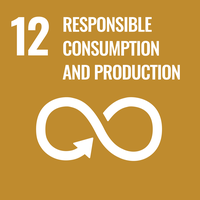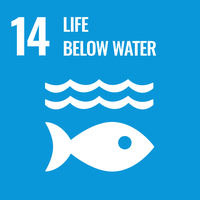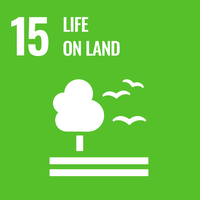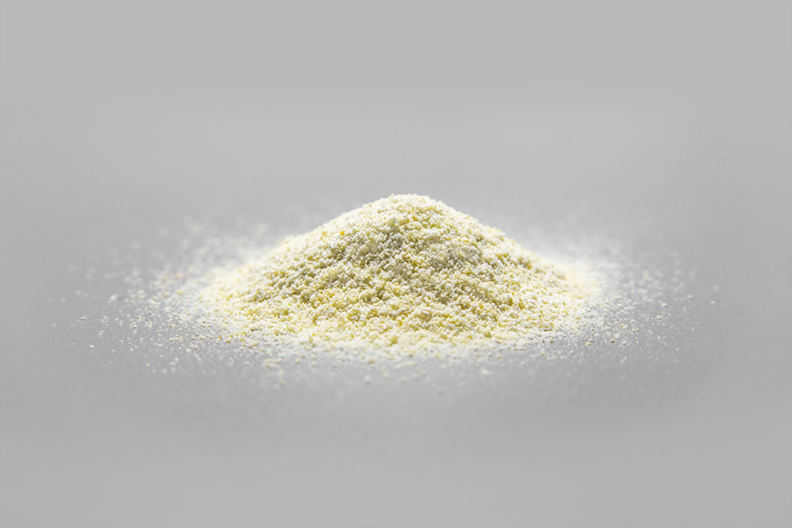Production of curdlan from waste
|
Project 2: Production of curdlan from waste
|
    |
|
Curdlan from Agrobacterium tumefaciens growing on agricultural waste. |
Curdlan is a commercially and valuable product of Agrobacterium tumefaciens, a bacterium that normally lives in plant tissue, occasionally as a plant pathogen. Mostly, curdlan is produced in industry by growing Agrobacterium on sucrose or molasses, which are processed plant extracts. Along with the plant extracts, the fermentation conditions need the right balance of nutrients, particularly the optimal carbon/nitrogen/phosphate ratio. The bacterium produces curdlan only when the nutrient balance is right, and this fine-tuning requirement drives up the cost of curdlan production. One way to decrease the cost of curdlan production is to genetically reprogram the bacterium to ignore the nutrient ratios. In this way, curdlan production can be performed at much lower costs, for example, by using agricultural plant wastes instead of processed plant extracts. |

